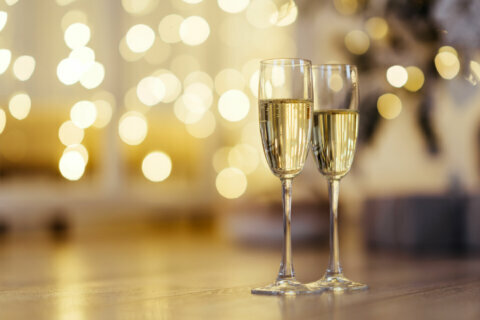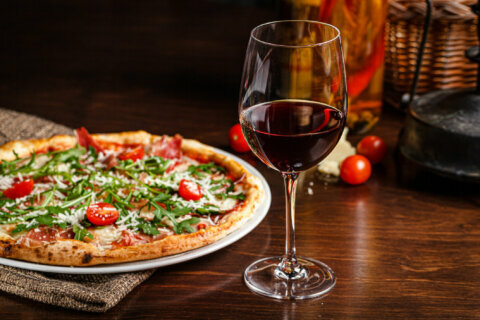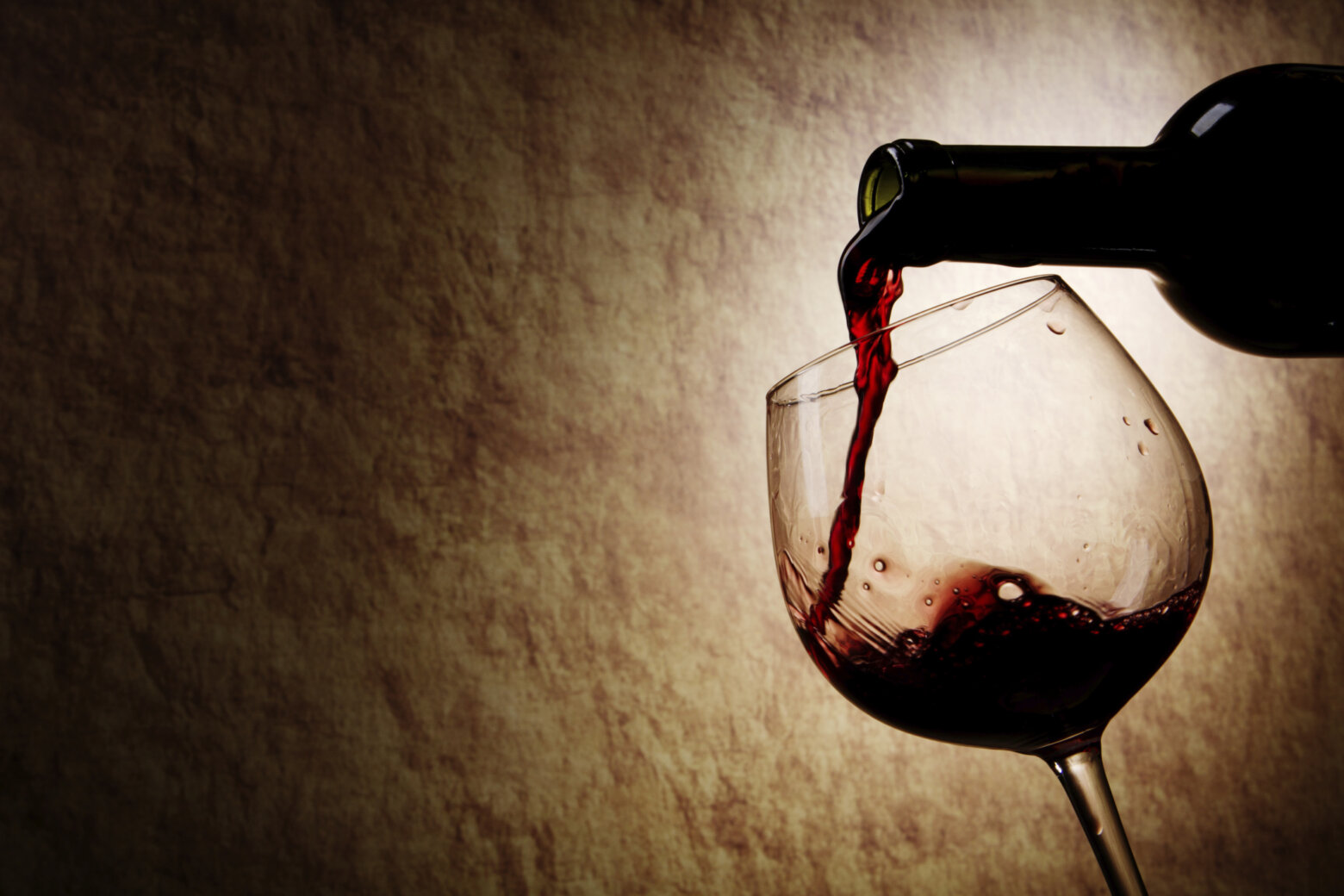This week’s Wine of the Week column was written by Cindy Greenberg, wife of WTOP Wine of the Week columnist Scott Greenberg.
WASHINGTON — I am very fortunate that I have the opportunity to tag along with The Vine Guy to wine tastings, hang out with winemakers and meet some really wonderful people in the wine industry. But what I am most grateful for is having access to my very own in-house wine travel agent.
Several months ago, I was invited by some friends on a trip to the Champagne region of France. I rarely travel to wine destinations without Scott — all right, I’ve never traveled to a wine destination without Scott — but Champagne is my favorite style of wine, and I thought it would be fun to go to the source.
Commitments were made, dates were selected and airfares arranged. The only thing missing? Appointments at a few properties. The solution? The Vine Guy to the rescue.
After a few weeks of phone calls and emails, my friends and I had an amazing itinerary that included stops at grand Champagne houses and smaller grower operations. The juxtaposition between the two styles of production really helped me understand and appreciate Champagne, particularly where the wine comes from and how it’s made.
It is essential to note that Champagne is both a place and a style of wine. Within its borders — beginning about 90 miles east of Paris, near the city of Reims, and running south about 100 miles to Chaumont — there are 319 villages, or crus, covering roughly 84,000 acres.
Ninety percent of the land is owned and farmed by a collection of about 15,000 “growers,” while the remaining 10 percent are owned by “houses.” Together, they produce about 350 million — yes, million — bottles of Champagne each year.
Champagne “houses” produce the majority of all Champagne in the region — roughly two-thirds. Some houses have their own vineyards and buy additional grapes from the growers. Most growers sell the majority of their grapes to houses, but some growers keep all of their fruit and produce wines for their own label. Other growers have formed cooperatives that use their grapes under a specific label.
A quick reminder: Only wines made in the tiny Champagne region in France — using the strict Méthode Champenoise — can be called Champagne. The term nonvintage (NV) indicates that it’s a blend from several other years’ worth of wines from the same producer. For example, a current NV might be made mostly with wines from the 2016 vintage with a blend of wines from earlier vintages. This method is used to achieve uniformity in style from year to year. “Vintage” Champagne is always designated by a specific year on the bottle and is made entirely from grapes harvested from that year.
Growers pride themselves on making wines that have a sense of place, or terroir, and few do it better than Pierrer Gimonnet. The Nonvintage Pierrer & Fils Blanc de Blancs Brut is made exclusively from chardonnay. It boasts flavors of creamy lemon and nectarine, which are elegantly woven into a round, balanced wine with wonderful structure. $45
It’s tough to break into the winemaking business in Champagne, but somehow, that is exactly what Bruno Paillard did. Back in 1981, Bruno founded his eponymous winery with a passion for Champagne and a specific vision based on blending the best wines. Paillard has a process that produces a house blend from vintage to vintage and from vineyard to vineyard in order to achieve consistency, a hallmark of the consistently delicious Nonvintage Bruno Paillard Brut Premier Cuvee. Tiny, elegant bubbles carry flavors of roasted nuts, green apple and bright citrus. Just a hint of orange clove and biscuit on the crisp, refreshing finish lends a note of refinement. $45
Collard-Picard is a grower/producer with deep roots — figuratively and literally — in Champagne. Husband Oliver Collard is a fifth generation grower and his wife, Caroline Picard, is a fourth generation winemaker. Together, they create wines of artisanal quality, like the Nonvintage Collard-Picard “Prestige” Brut Champagne. A blend of chardonnay, pinot noir and pinot meunier, the wine is aged in oak casks, blended, and then aged for over three years. Flavors of biscuit highlight notes of apple blossom, peach and honey on the front of the palate. Crisp acidity and mineral notes provide a remarkably fresh and balanced finish. $50
Rosé Champagne is one of my guilty pleasures, so I was thrilled that Scott had arranged a visit to one of my favorite producers, Billecart-Salmon. The Nonvintage Billecart-Salmon Brut Rosé is a blend of roughly 50 percent chardonnay, 35 percent pinot noir and 15 percent pinot meunier. The delicate pink color is accompanied by lovely scents of sweet cherry, vibrant strawberry and chalky mineral. Bright black cherry, strawberry and red plum fruit flavors offer surprising depth. Mouthwatering mineral-laden acidity mesh with hints of baking spices on the beautiful finish. $80
Of course, one of the many highlights of the trip was a special tour of Krug Champagne, since a guilty pleasure of mine is opening a bottle of Non-Vintage Krug Grande Cuvée. The trademark signature style of Krug’s house blend is a combination of intensity and charm. The creamy mouthfeel is layered with flavors of crisp green apple, baking spices, nectarine and buttered toast, all delivered on a medium-bodied frame emphasizing the lengthy finish. My friends and I were very appreciative that our host was so generous during our visit, since a bottle of this lovely Champagne will set you back $175.







